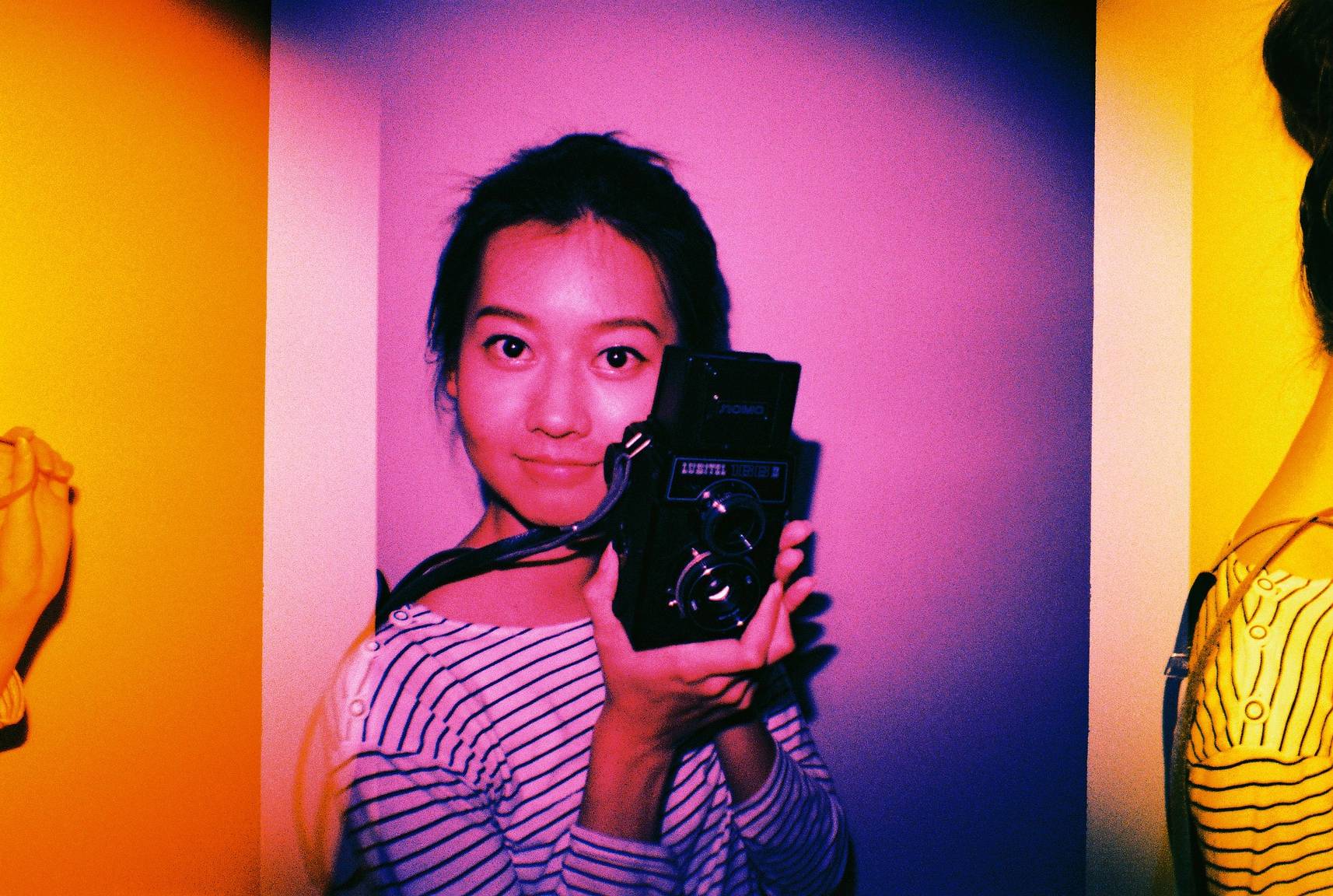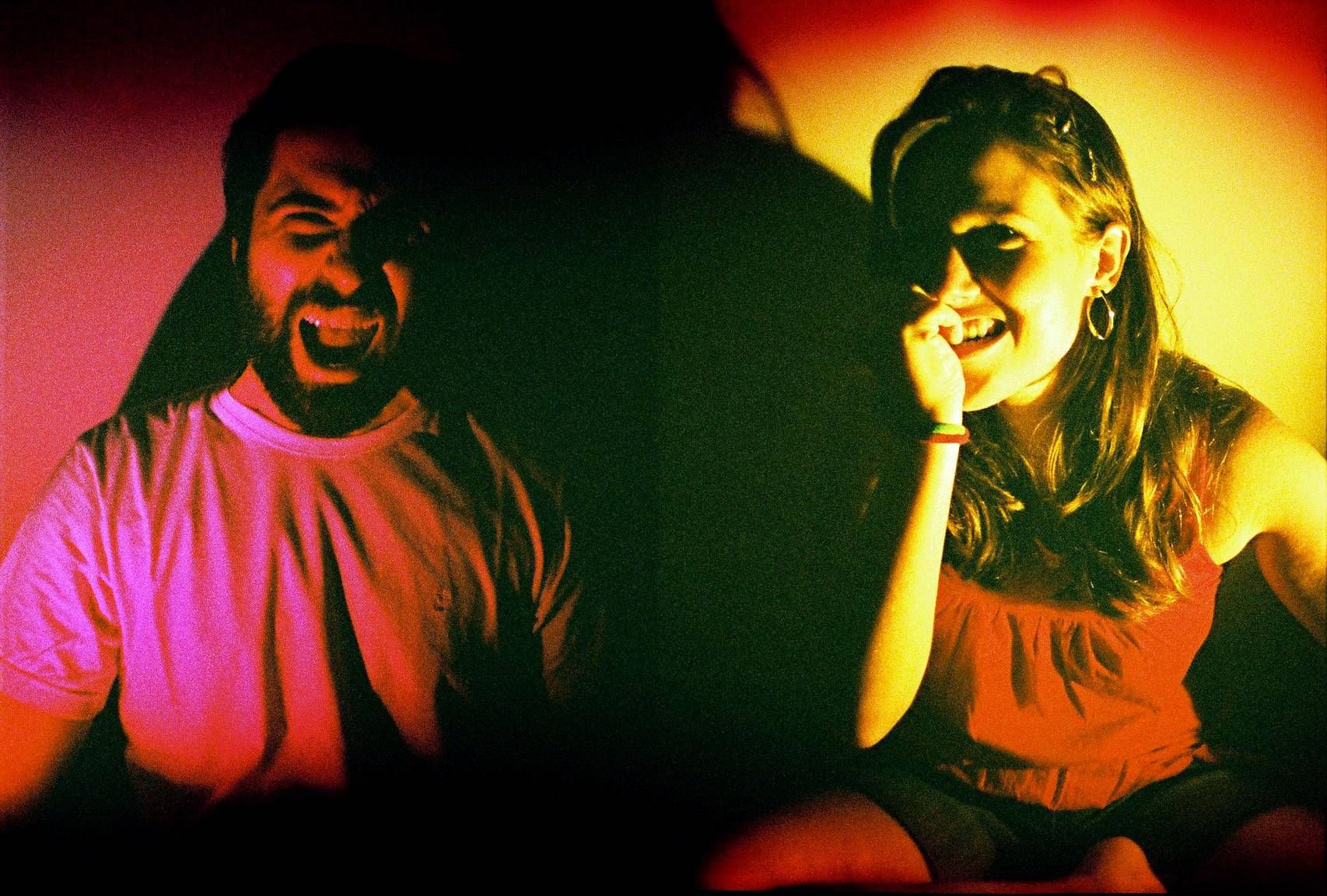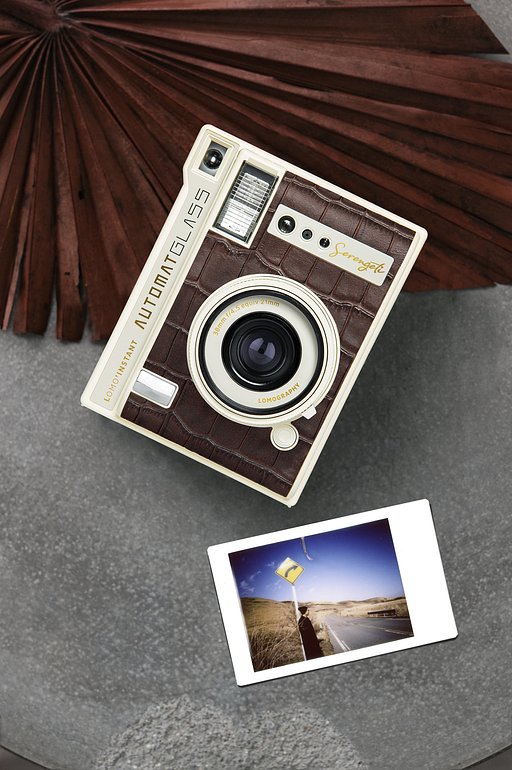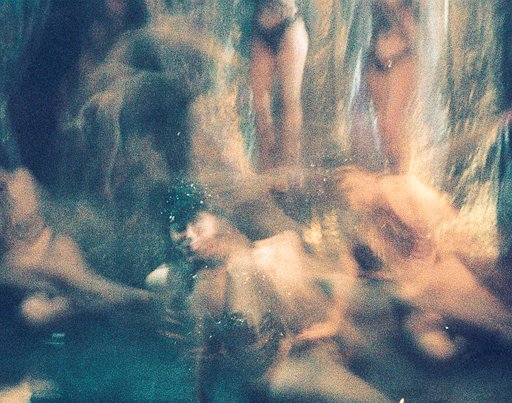The Art of Colorsplashing
19 Share TweetHow do you make your photos extra-colorful? Well, you could use slide film for punchy colors or have it cross-processed for a major color shift. Or you could dress your subject against a vibrant backdrop and play with rainbow-hued props. But what if we told you could do all three in one fell swoop? have limited access to all of these? Allow us to introduce you to the art of Colorsplashing.
Colorsplashing 101
Colorsplashing is a technique used to alter the colors of things or people that are in range of a flash. When you colorsplash, you use a flash with different colors to bathe your subject with colored light. You can do this by using a Lomography Camera with a built-in flash (such as the Lomo'Instant family, La Sardina and Flash) and Lomography Flashes such as the Colorsplash Flash, Fritz the Blitz, Ringflash, or Diana F+ Flash on the hotshoe of your camera. Lomography flashes and cameras with built-in flashes always include a packet of color gel filters in the kit. Don't lose the color gels as they're the heart and soul of Colorsplashing!
Normal Exposure with Flash
Let's start with the easiest tip, which paints your subject in one solid burst of color. Set your camera on Auto (Lomo'Instant family), or Normal mode (La Sardina, Diana F+) and turn the flash on. Choose a color gel filter and slip it into the flash slot, then fire away! Keep in mind that darker colors are stronger and lighter colors will deliver a wider range of tones. For even more technicolor results, try doing double or multiple exposures and changing the color filter for each shot.
Long Exposure with Flash
Whip out your light painting tools and set your camera on Bulb (B) mode. In this setting, you can keep the shutter open for as long as you can press the release button, allowing the light to come in. There are two ways to do this tip:
- Keep your camera steady on a tripod and make sure that your flash is switched on with the color gel filter of your choice. Have a friend do some light painting as you're pressing the shutter button. After a few seconds, release the button and the flash will bathe your subject in colored light.
- No light painting tools? No problem! You don't need a tripod either. Find a cool light source, such as city lights or fairy lights, and as you're holding the shutter open, run wild and let all the light come streaming in. Wiggle your camera, twirl around, or make crazy gestures. After a few seconds, release the button. It will result in a colored and sharp foreground against a blurred, streaked background. Play with exposure times, colors, distance to the subject, and camera movement for even more unique results.
Pssst! What if your camera doesn't have a Bulb function, such as the Lomo LC-A+? Consider "cheating" by covering the light meter window with your finger, or covering it with black tape.
Daytime with Flash
Colorsplashing during daytime works best if you're in a mixed light situation. For example, when it's bright and sunny while your subject is in the shadows, or when it's overcast and your subject is in clear light. Choose a color gel filter to spot-illuminate your subject, and make you’re close enough; otherwise, the outside light might overpower your color flash. Make your photos even more colorful with slide film and have it cross-processed afterwards!
Color Thunderstorm
Are you ready for the most advanced tip? This technique combines shooting long exposures, double/multiple exposures, and playing with two or more colorsplash flashes. Simply follow these steps:
- Take your camera and flash (with your chosen color gel filter), and another flash with a different color gel filter. For example: if you're using a La Sardina with Fritz the Blitz, you'll need another flash unit, such as a Colorsplash Flash or Diana F+ Flash.
- Set your camera on Bulb mode. Choose a subject in the foreground and press the button to keep your shutter open.
- Immediately use your other hand (or ask a friend for help) to set off the other flash manually, holding it at an angle off to the side so that it flashes directly towardyour subject in the foreground.
- Release the button on the camera and the flash will fire, splashing a new color onto your subject.
Pick from a variety of flashes for your Colorsplashing needs and visit our Online Shop or a Gallery Store near you.
2018-03-03 #équipement #colorsplash #ringflash #colorsplashing



































Aucun commentaire